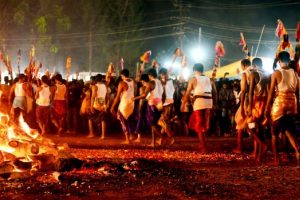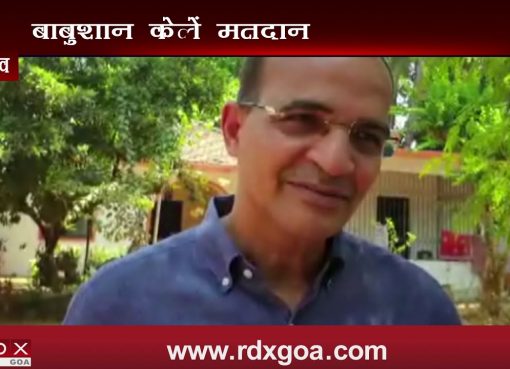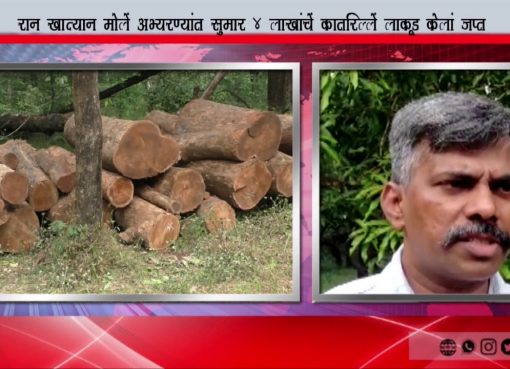Shirgao, the land of goddess Lairai, will witness a sea of devotees chanting ‘Har Har Mahadev, Lairai Mata Ki Jai’ as the dhonds walk through the bed of ambers on May 5, 2022.People from every nook and corner of Goa besides the neighbouring states of Maharashtra and Karnataka converge at the lotus feet of Goddess Lairai on the annual festive occasion seeking her blessings in their lives.
The Homkhan ritual has been mesmerizing the people since ages and the zatra is considered to be most famous in Goa by the devotees.
Dhonds, both males and females, go through a lot of penance before they take part in the Homkhan ritual. They prepare themselves at least five days ahead of the utsav. This year, their fast began from May 2. While some Dhonds, who are natives of Shirgao and nearby villages, fast for three days, majority take to fasting five days in advance.
As a practice, aspiring Dhonds are supposed to restrict themselves to strict vegetarian diet beginning Gudi Padwa and commit to celibate lifestyle filled with meditation and prayer five days ahead of the Zatra. The major attraction of this utsav is Dhonds walking over the bed of ambers once the Homkhan is lit.
During fasting period, Dhonds remain confined in pious living conditions and take their breakfast, dinner and lunch only after bath and that too with the wet clothes on. The practice is followed everywhere. Dhonds settled abroad also follow the same custom.
On the festival day, the rituals begin once the brothers and sisters of Goddess Lairai arrive in Shirgao from different locations to celebrate the zatra.
Thereafter, the peth (a wooden chest carrying idol of goddess) is brought to the temple from the house of the designated priest. The idol is then placed in a bamboo basket termed as ‘chira’. It is carried by the mode to the place called Mudder, the original place of habitation of goddess. Once the dhonds reach Shirgao for the utsav, they first take a holy dip in the Dhondachi tali.
Here, the new Dhonds are taken into the fold. Late evening, the ‘chira’ is brought to the temple. At midnight, after performing all the religious rituals, including Garanhe (invoking blessings), the kalash (a pitcher pot) is brought by modes towards the sacred logs of woods placed under a banyan tree one above the other in the form of a pyramid.
On the way to the tank, Mode (a devotee considered to be blessed by Goddess) holding kalash (pitcher pot) puts a burning stick into the logs of wood arranged in a pyramid shape called Homkhan.
The most unbelievable part of the ritual for the devotees is the Banyan tree under which the logs of wood are set fire, remains intact with all leaves as fresh as they were prior to the ritual.
Once the firewood in the Homkhan coverts into bed of ambers, the Dhonds walk over it barefoot chanting the religious hymns.
Lastly, the mode carrying the symbolic kalash (pitcher pot) of Goddess Lairai walks over the bed, it amounts to the end of the first day of festival.
The zatrotsav continues for another four days wherein ‘kaulotsav’ is held wherein devotees seek blessings from goddess in the form of mogra (jasmine) buds.
The most unbelievable part of the ritual for the devotees is the Banyan tree under which the logs of wood are set fire, remains intact with all leaves as fresh as they were prior to the ritual.
Once the firewood in the Homkhan coverts into bed of ambers, the Dhonds walk over it barefoot chanting the religious hymns.
Lastly, the mode carrying the symbolic kalash (pitcher pot) of Goddess Lairai walks over the bed, it amounts to the end of the first day of festival.
The zatrotsav continues for another four days wherein ‘kaulotsav’ is held wherein devotees seek blessings from goddess in the form of mogra (jasmine) buds.







